The Shang Dynasty (c. 1600-1046 BC) is the first Chinese dynasty for which we have written sources, and historically, it represents the transition from stone culture to bronze culture.
From a social and political point of view, Shang society was structured around a group of clans centralized around a king and based its military superiority on the use of the chariot and the horse.
According to historical annals, the rulers of this dynasty justified their reign, and thus the destruction of the previous Xia dynasty, in the "Mandate of Heaven" imposed by the misconduct of the Xia rulers.
On the economic level, it was an agricultural culture, and in it, they could have developed their astronomical knowledge and the first theories about the influence of the seasons and the climate on nature and man (there are traces that at this time already used the system of the 10 celestial trunks and the 12 terrestrial branches, which would later influence so much in the development of their calendar and Chinese divinatory numerology).
Handicraft industry
During the Shang Dynasty, the handicraft industry developed rapidly, and the smelting and manufacturing of bronze were quite mature, and various common utensils, ceremonial vessels, and drinking vessels were very exquisite. The famous Houmuwu Ding, weighing 875 kilograms, is an outstanding representative of the industry.
The handicraft industry was all managed by the government, with fine division of labor, huge scale, large output, many types, and high level of technology, especially the development of bronze casting technology to the peak. It became the symbol of Shang Dynasty civilization.
And the Shang dynasty people have invented the original porcelain, white and delicate white pottery is quite level, realistic modeling, fine carved jade ware shows the Shang dynasty jade worker's superb skills.
The progress of agriculture and handicraft industry in the Shang Dynasty promoted the development of commodity exchange, and there were many merchants with ox carts and boats engaged in long-distance trafficking.
In the late Shang Dynasty, merchants specializing in various kinds of transactions appeared.
Traditional Costume in the Shang Dynasty
The costumes of the Shang dynasty, regardless of respectability and gender, were in the form of two sections, with upper Yi and the lower Shang, from which the later term "Yi Shang (衣裳)" was derived. The waist and sleeves of the garments were basically designed to be tight and narrow, with knee-length to facilitate movement.
The characteristics of the ancient Chinese attire of the upper Yi and the lower Shang and the Jiaoling Youren were formed in the Shang Dynasty.
Although the basic form of Shang Dynasty costumes converged, Shang Dynasty costumes actually had a rather strict hierarchy, with the more advanced dyed fabrics, embroideries, and decorations being enjoyed by the slave-owning class, while the people at the bottom could only wear linen and woven fabrics made of the same kind of cloth as linen.
The decorative patterns of the Shang period emphasize exaggeration and deformation, and the structure is based on a geometric framework for symmetry, with the patterns fitting tightly within the geometric framework, especially exaggerating the head, horns, eyes, nose, mouth, claws, and other parts of the animal, with straight lines as the main feature and curved lines as a supplement, showing an overall uniform and severe aesthetic style, symbolizing the majesty and mystery of the slave-owning power.
Costumes and decorations were usually worn together. The unearthed jade figures from the Shang dynasty show that the nobility of both sexes still had the habit of wearing jade on their bodies, and the rulers even developed a whole system of jade pendants to distinguish between classes and ranks.
The form of the Shang jade pendant was generally carved into various small animal figures, the most common being a jade fish.
The ability to make such a distinction in clothing during the Shang period was closely linked to the prosperity and technological progress of the time relative to the primitive economy.
The ruling class was able to select the best for their own use and discard the worst for the poor; it was able to classify and grade the materials of dress in terms of texture, color, and pattern, which laid the foundation for the hierarchy of future generations and formally established the dress system in later times.
Religious
The most significant at the religious level was the dependence of the governmental functions of their kings on the dictates and wishes expressed by the ancestral spirits and deities.
In this sense, the shamans (wu) would have played an important role in the development of different ceremonies and magical-religious practices.
Rituals and sacrifices showed, on the one hand, a very aggressive dimension, burying, drowning, dismembering, and or burning people or animals to offer worship to the earth, rivers, wind, sky, etc. and on the other hand, a more peaceful dimension such as divinatory practices on ox scapula bones or turtle shells.
Shamans and body practices
The origin of the first bodily practices for healing purposes in the Chinese tradition has been associated with the figure of the "shamans" (wu).
References such as the "Passage of Yu", which appears named in the first medical texts found in tombs in China, and paragraphs are written in the work "Spring and Autumn Annals of Lord Lu" (Chunyiu), written between 771-484 BC, have contributed to establishing an association between the dances performed by shamans to "unblock" the stagnation and accumulation of water in the rivers and the stretching that would appear later, in the Zhou dynasty, to help circulate the vital energy within the body.
But to what extent should we really associate the origin of those body practices (which later have been associated with the roots of Qigong) with the figure of the shamans? The answer is not at all simple, as there is currently no consensus among researchers on the functions and role that shamans actually played in Shang society.
Since the 1990s, some researchers have begun to question whether the shamans, in this dynasty, exercised a role like the one we give today to these characters, and began to defend that they should be considered rather as "priests" with highly bureaucratized functions.
If the figure of the shaman is generally associated with a character capable of entering into ecstasy or trance, of being possessed by entities and making trips to the "spirit world", this perspective does not fit well with the type of religious ritual that these figures developed in this dynasty.
With the current documentation, it is known that the shamans of the "State" in the Shang court resorted to plants and medicinal substances for healing rather than trance and travel to the spirit world; divination was based on oracular bones rather than seeking altered states of consciousness.
The spirit was summoned through rituals rather than having to travel to the other side; healing followed a predetermined sequence with a broad time span in which it had to be determined whether the origin of the illness was due to ancestors or a spirit, what type of spirit or which particular ancestor was the culprit, select the necessary ritual, etc.
In the specific therapeutic context, to determine whether the Shang shamans had anything to do with the modern practices associated with Qigong today, it would be good to analyze what their knowledge of Qi (vital steam) and their healing techniques were.
Regarding the first aspect, it can be affirmed that to this day there is no record that indicates that in this dynasty these people performed any kind of activity where Qi was cultivated, channeled, and strengthened in any way.
Moreover, in the Shang ritual bronzes, the ideogram Qi appears as a verb or adjective but not as a noun or noun, so the term Qi was not identified with a concrete substance.
If I could also consider that if there had been any work with Qi at this time, it would have to have been very rudimentary since no medical theory has been found from the pre-Han period in which the notion of "ducts" (mai) organized in a closed "energetic" circulation system appears, nor a description of sequences of points in these ducts, nor an association of these points with internal organs.
Regarding their therapeutic knowledge, the first thing to note is that this must have been very rudimentary as evidenced by the content of the questions asked by the Shang priests in the oracular inscriptions that have been found.
If these characters had to ask in them about the outcome of the disease, the entity causing the disease, etc. perhaps it was because their knowledge in medical matters was not very advanced.
All these data make it difficult to associate the figure of the shaman with the development of the physiology of ducts and vital vapor that will appear later in the first medical texts found in tombs of the Han dynasty.
To whom, then, can we associate the origin of bodily health practices in ancient China? While the figure of the shaman may have played a role, it is also true that lineages could have developed therapeutic and health knowledge without the need to accompany them with "magical-religious" components.
People interested in determining the healing properties of plants and mineral substances; the influence of climatic conditions (cold, heat, dryness, humidity, etc.) on the body; the benefits of physical activity on health, etc., whose knowledge would later be unified in the work of the Canon of Internal Medicine of the Yellow Emperor (Huang Di Nei Jing).
The Chinese tradition, in fact, has placed different mythological characters as founders of its medical practices instead of associating everything to a single figure.
Shen Nong, the Red Emperor, has been linked to the origin of the Chinese pharmacopeia while Huang Di, the Yellow Emperor, has been linked to the origin of meridian medicine and the circulation of vital energy.
In the earliest medical texts found in the Mawagdui tombs and supposedly circulating at the end of the Zhou dynasty, there are different medical specialties encompassed under different titles and contents, and in particular, in the documents associated with the body practices associated with health, Daoyin Tu and Yin Shu, there is no "magic-religious" reference in their philosophy.
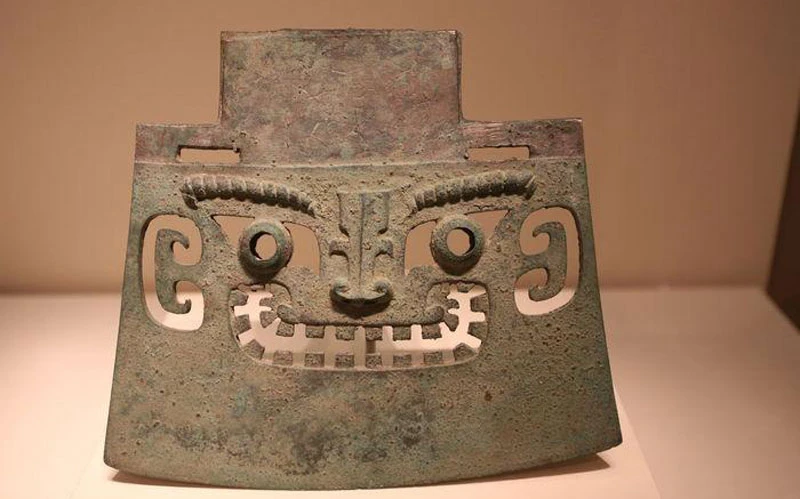
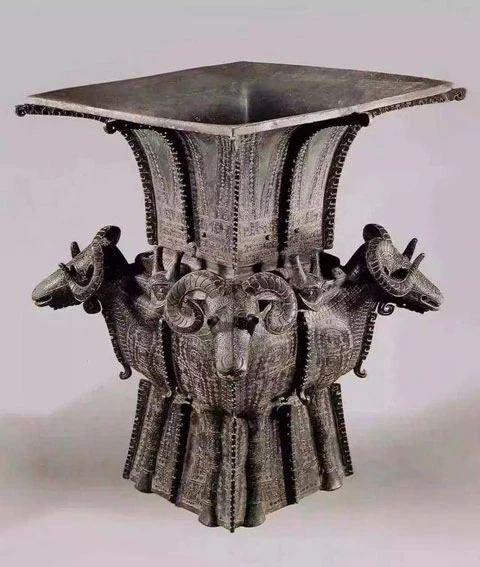
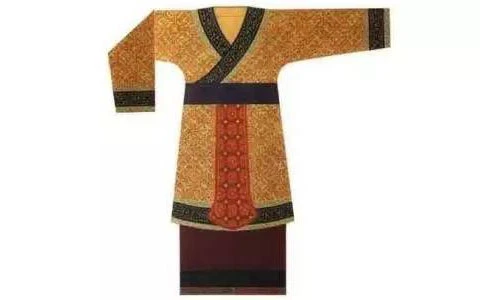
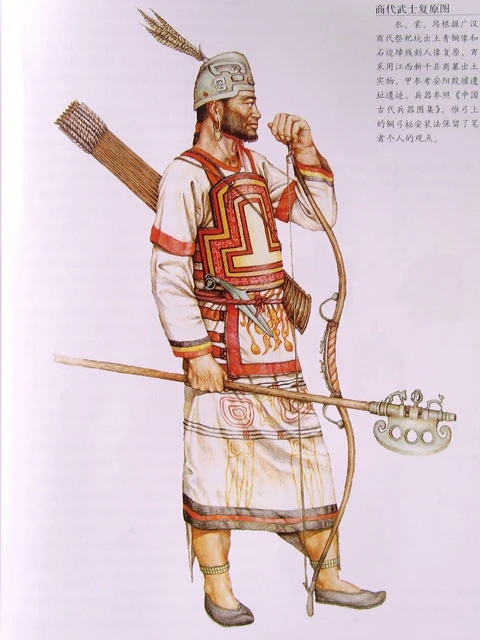
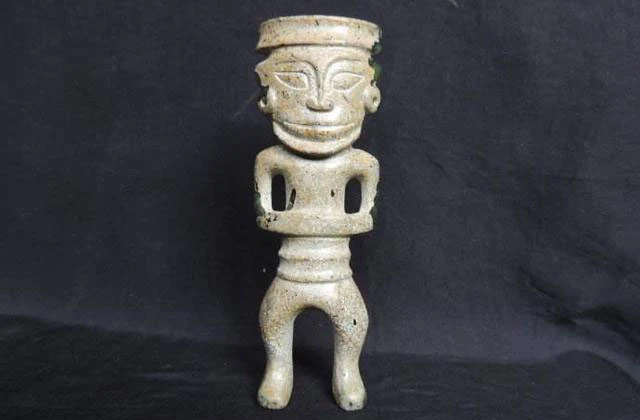
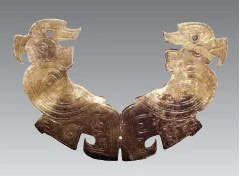
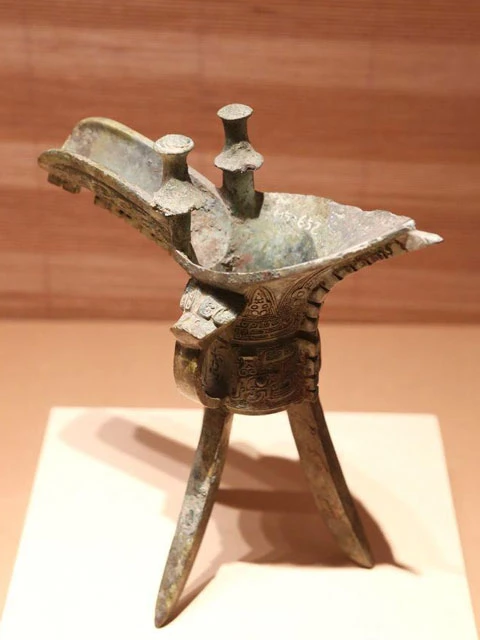
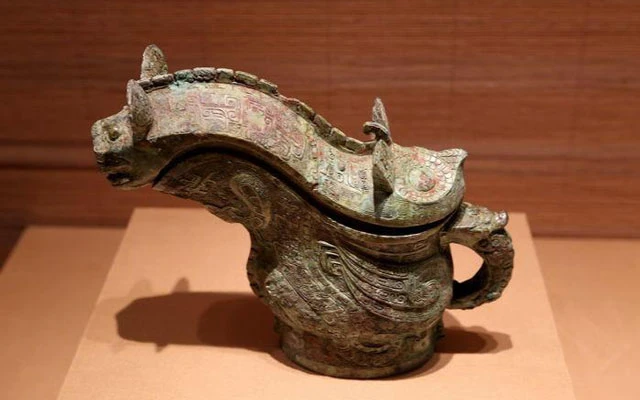
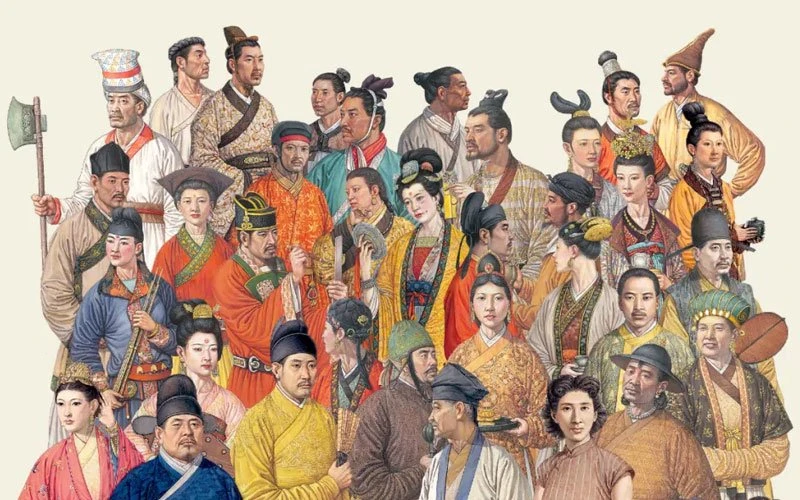
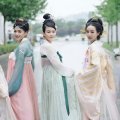

Very interesting article!